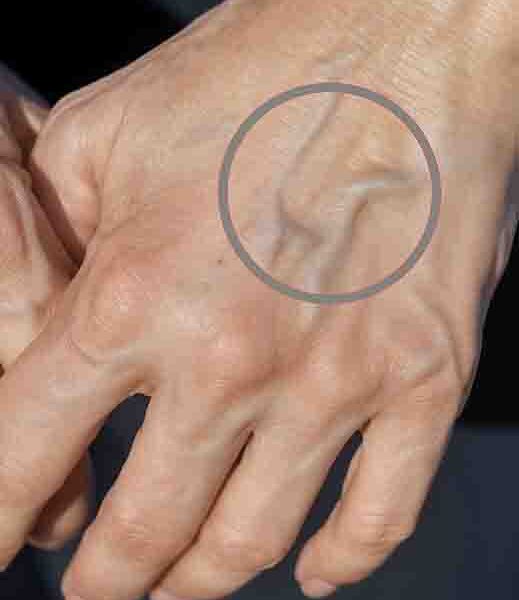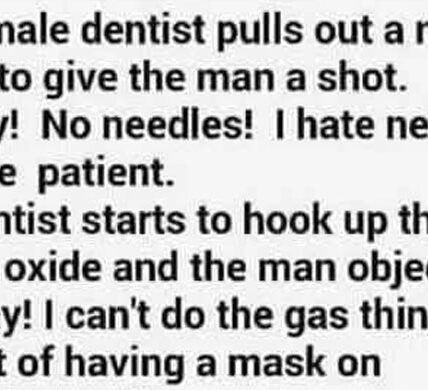Have you ever noticed your veins suddenly appearing more prominent, especially in the morning? While this can be alarming, in most cases, it’s completely harmless. Understanding why veins become more visible can help you know when to relax—and when it might be time to check in with a doctor.
What Makes Veins Stand Out?
There are several common reasons why veins may look more noticeable overnight or after certain activities. These include:
Physical activity: Intense exercise increases blood flow and can make veins pop, especially in muscular individuals.
Heat exposure: Warm temperatures cause blood vessels to dilate, making veins easier to see.
Tight clothing: Restrictive outfits can interfere with circulation, causing temporary bulging.
Aging and sun exposure: Both thin the skin and reduce elasticity, making veins more prominent.
Genetics and body weight: Family history and higher body fat percentages can influence vein visibility.
When Should You Worry?
Usually, visible veins are just a cosmetic issue. But if you notice pain, swelling, discoloration, or bulging, it may signal something more serious, such as varicose veins. These are twisted, swollen veins—commonly found in the legs—caused by weakened valves that allow blood to pool instead of flowing smoothly back to the heart.
Risk Factors for Varicose Veins
According to the Cleveland Clinic, several factors increase the likelihood of developing varicose veins:
Genetics
Smoking
Obesity
Hormonal changes (especially during pregnancy)
Long periods of sitting or standing
Treatment and Prevention
Mild cases can often be managed with simple lifestyle changes like:
Elevating the legs
Wearing compression stockings
Staying active
Avoiding tight clothing around the waist
More advanced cases might require medical treatment, such as injection therapy (sclerotherapy), laser treatments, or surgery.
Potential Complications
If left untreated, varicose veins can lead to:
Venous ulcers: Slow-healing sores near the ankles
Blood clots: Including deep vein thrombosis (DVT) or pulmonary embolism, both of which are medical emergencies
How to Keep Your Veins Healthy
While you can’t always prevent vein visibility, you can reduce your risk of complications by:
Exercising regularly
Maintaining a healthy weight
Quitting smoking
Avoiding prolonged sitting or standing
Wearing loose, breathable clothing
Most of the time, prominent veins are nothing to worry about. But if you notice new symptoms like pain or swelling, don’t ignore them. Staying proactive about vein health can help you stay comfortable—and prevent more serious issues down the road.




